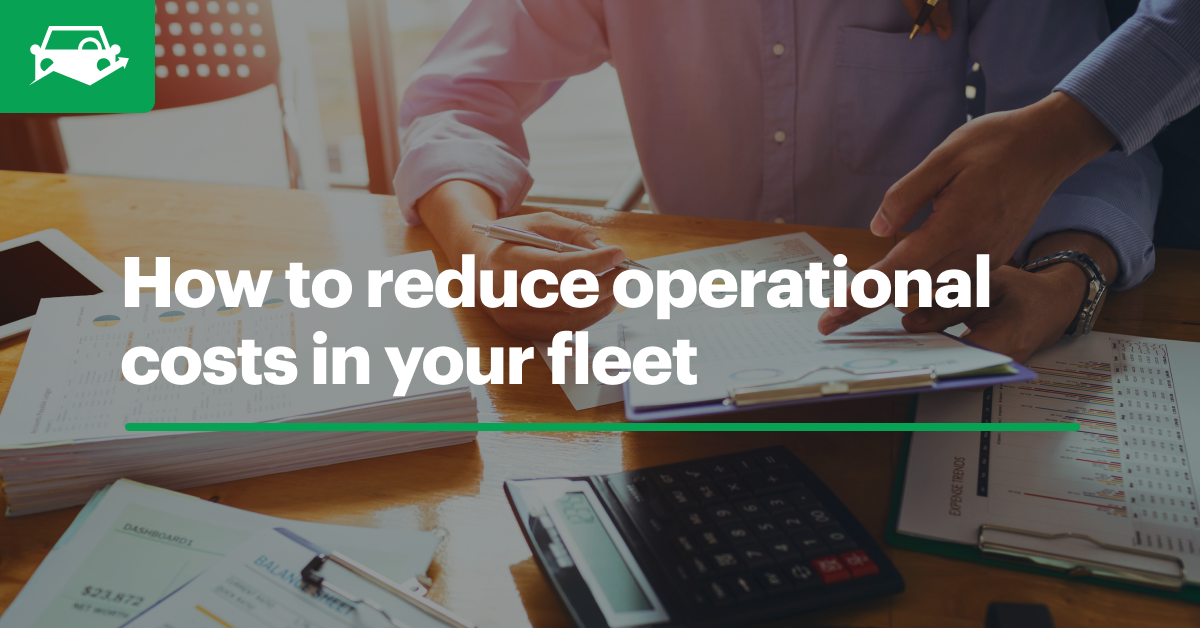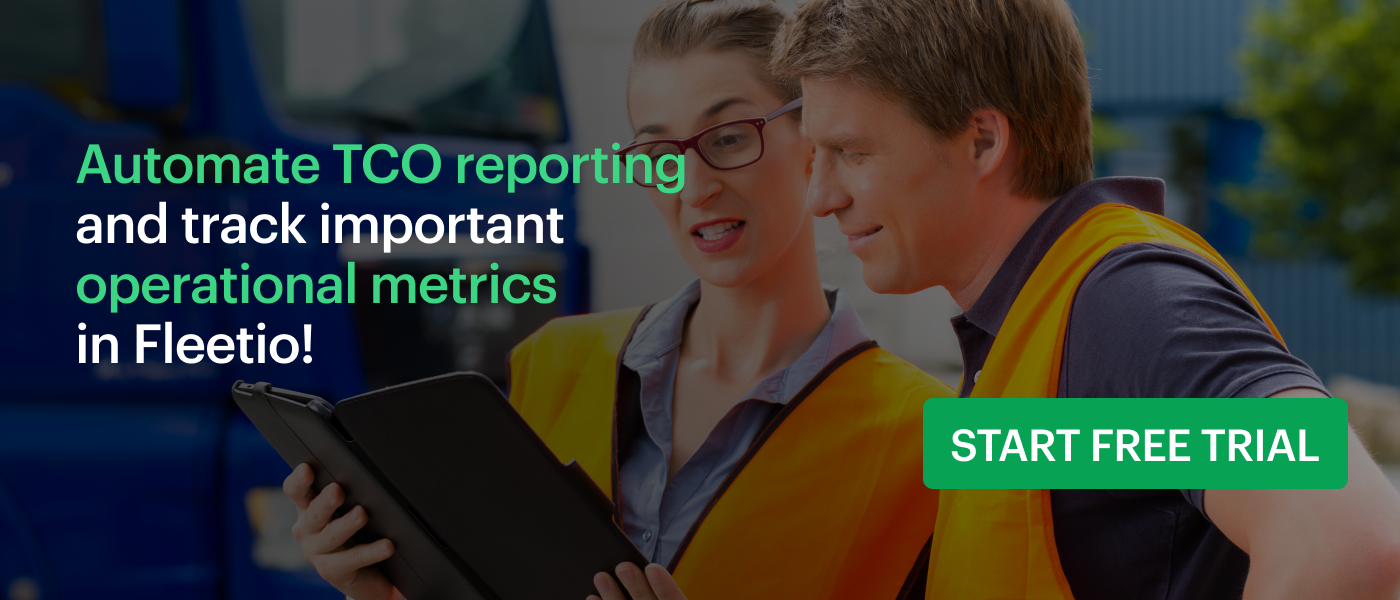Any fleet manager knows that running an operation can become a never ending battle against heavy expenses. But with some cost analysis and preventative attention, you can easily monitor expenditures and reduce the overall costs of your fleet to stay well within budget.

1. Optimize Maintenance Timelines
Maintaining vehicles accounts for most of the costs in the average fleet, and waiting for vehicles to break in order to fix them is a recipe for a huge maintenance bill. Between tow trucks, high service fees, missed warranty opportunities and potential vehicle replacements, the cost of taking care of a roadside breakdown runs your numbers up fast.
But if you develop a preventive maintenance program for your fleet, you ensure better control over your vehicles’ health and a reduced risk of unanticipated repairs and roadside breakdowns. With a preventive maintenance schedule, you can set ideal intervals for regular service, either by age or mileage, that allows you to assess your vehicles on a predictable timeline and catch potentially expensive issues before they arise.
A good fleet management software will let you add maintenance schedules for each vehicle type and send you due soon notifications so that you always know when your assets are due for service. Some even offer maintenance shop integrations so that you can quickly view and approve service requests, as well as keep drivers, technicians and managers in the loop about repairs at all times.
In between regular maintenance, electronic driver vehicle inspection reports, or eDVIRs, can be a good solution for staying aware of each vehicle’s condition on a day-to-day basis. Because they can be easily completed via a smartphone or tablet, eDVIRs are a great solution for getting drivers to remain compliant with FMCSA regulations on the road (which can also cost you thousands if you’re not careful) and letting fleet managers know as soon as an issue arises so they can allocate time, assets and technicians to solve it quickly.
2. Focus on Fuel
If maintenance is the biggest expense most fleets face, it’s closely followed by fuel costs. While the expense itself can’t be avoided – unless you want to consider electric vehicles – there are ways to keep fuel costs in check.
Fleet managers should be sure to understand the individual fuel economies of each of their vehicles to ensure that their assets are running the way they’re meant to. If fuel economy on a particular vehicle seems to be running higher than it should, that can indicate a potential maintenance or driver behavioral issue that can be easily remedied before any long-term impact of inefficiency.
Another big step in slimming down fuel costs is to make sure you know exactly where and when your dollars are being spent at the gas station. Fuel cards are a great tool for tracking fuel purchases for each driver, but if you store and use the data from fuel cards properly, it can become a powerful tool against both waste and theft.
When you use a fleet management software, you can even integrate your fuel cards with the platform, allowing you to leverage spending data against your vehicles’ fuel economy, cost per mile and other important metrics. With a direct integration, you don’t have to worry about drivers logging receipts – you get immediate visibility into every swipe.
Another important factor in monitoring fuel costs is controlling what happens after your vehicles have been fueled up. Excessive idle time and inefficient routes can be a lot like running water in a sink to watch it go down the drain, effectively plummeting your fleet’s overall fuel efficiency.
You can use integrations with your GPS and telematics devices in fleet management software to ensure that your vehicles’ idle times and routes aren’t sacrificing precious fuel dollars. A simple streamlining of how your vehicles get to their destinations can save thousands of gallons of fuel over time.
3. Keep an Eye on Total Cost of Ownership
Many of the factors previously mentioned – maintenance and repairs, fuel economy, etc. – all contribute to a bottom line figure fleet managers should always be sure to track: total cost of ownership. Setting solid TCO thresholds allows you to observe when a vehicle has outlasted its financial benefit, which in turn lets you hinge your operation on the assets that stand to make you the most money.
It’s also important to know exactly how much it costs to run your fleet, and calculating on paper with all of the variables that comprise your operation can be a dicey approach. Fleet management software allows you to represent all of your operating costs in a single platform, where you can automatically calculate important metrics like cost per mile and total operating cost per month with little to no manual entry, as well as update it in real time with integrations.
4. Prioritize Driver and Vehicle Safety
When your drivers are involved in accidents on the road, insurance premiums go up, the potential for a lawsuit comes into play and you’re faced with either massive repair costs or a potential replacement. Proactively preventing accidents and vehicle loss is the best way to save money on the expenses you can’t see coming.
You’ll want to encourage driver safety throughout all of your operations, from incentivizing drivers to maintain consistent and complete DVIRs to implementing distracted driver management platforms or in-dash cameras. The best approach is the one that prevents incidents before they occur, rather than retroactive data observation, so continued communication and education are vital.
Telematics devices are not only great for assessing routes and DTC codes, but for getting insight into driver behavior as well. You can be on the lookout for unsafe driving behaviors like harsh braking, as well as understanding the impact that those behaviors have on the health of your vehicles with telematics integrations in a fleet management software, which can also save you money on routine maintenance.
Looking for ways to reduce your fleet’s operational costs? Start your free trial or request a demo today!




